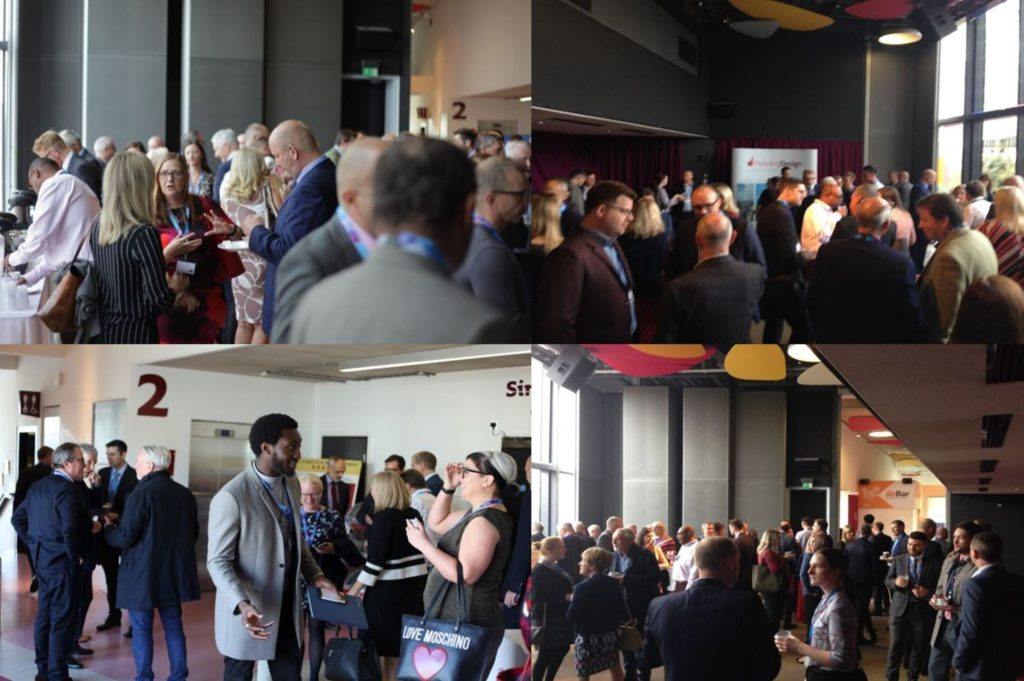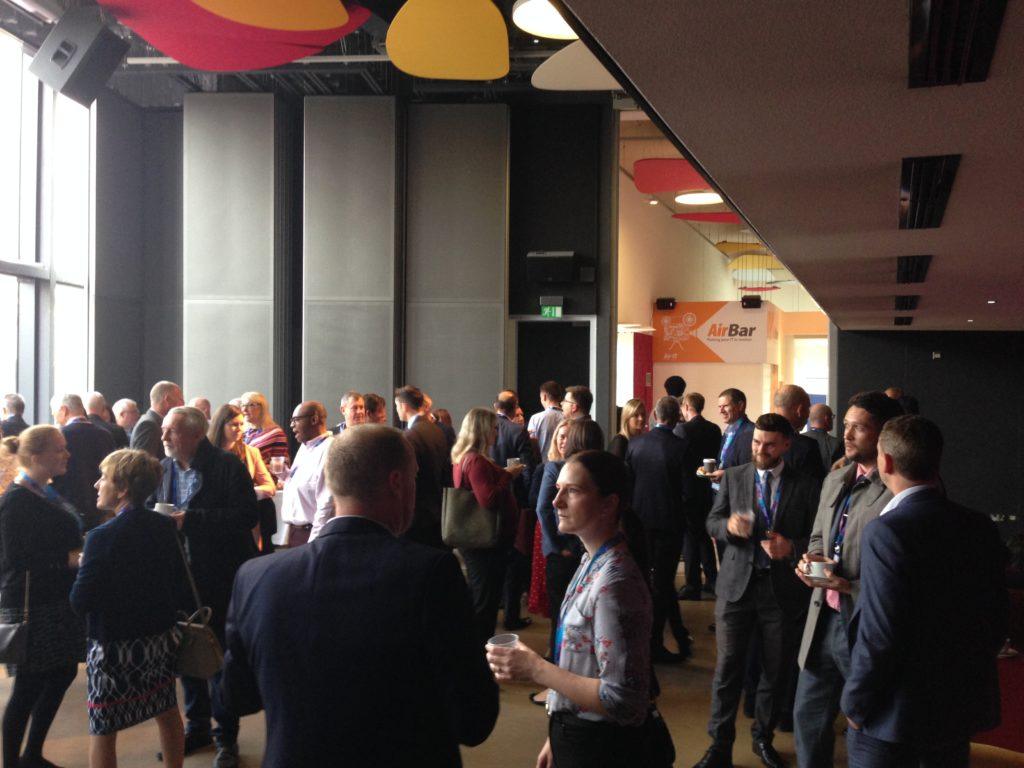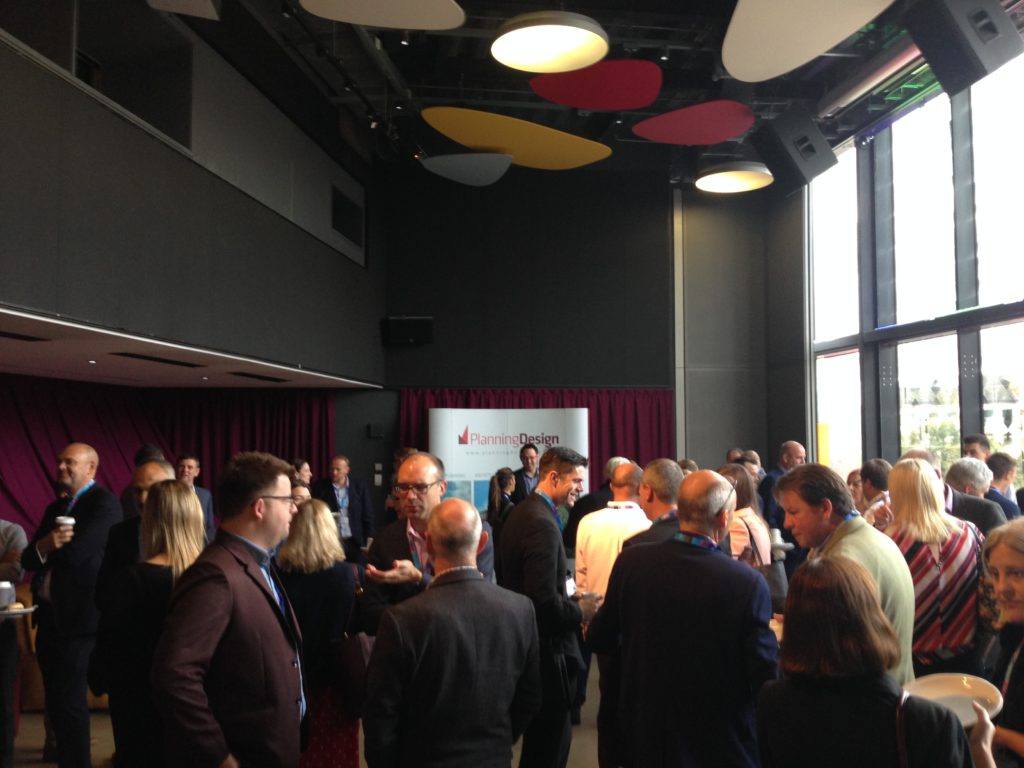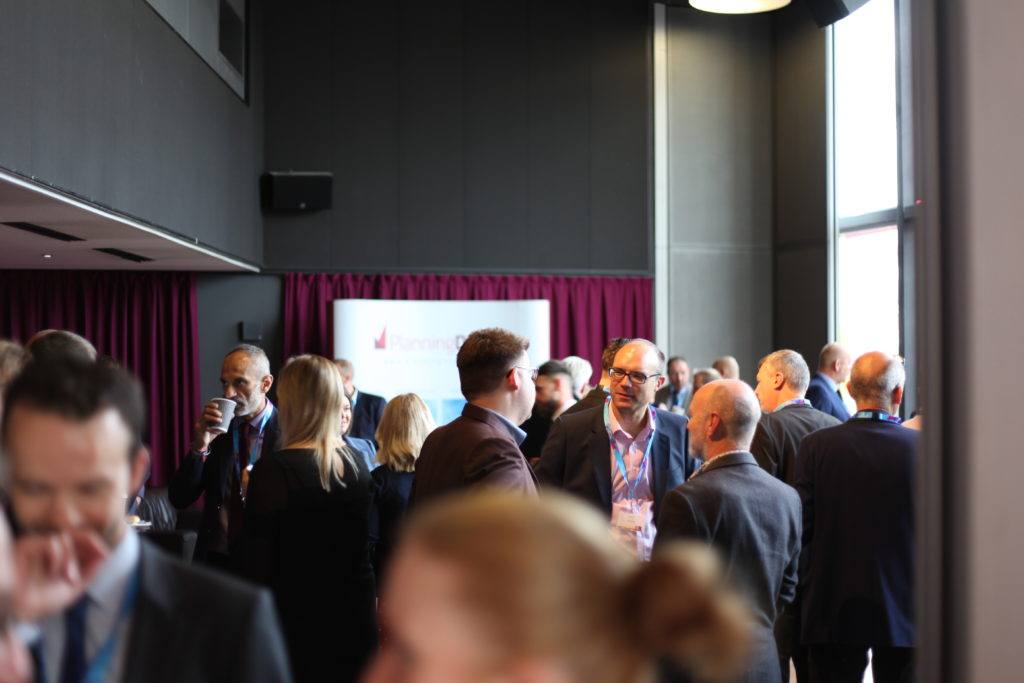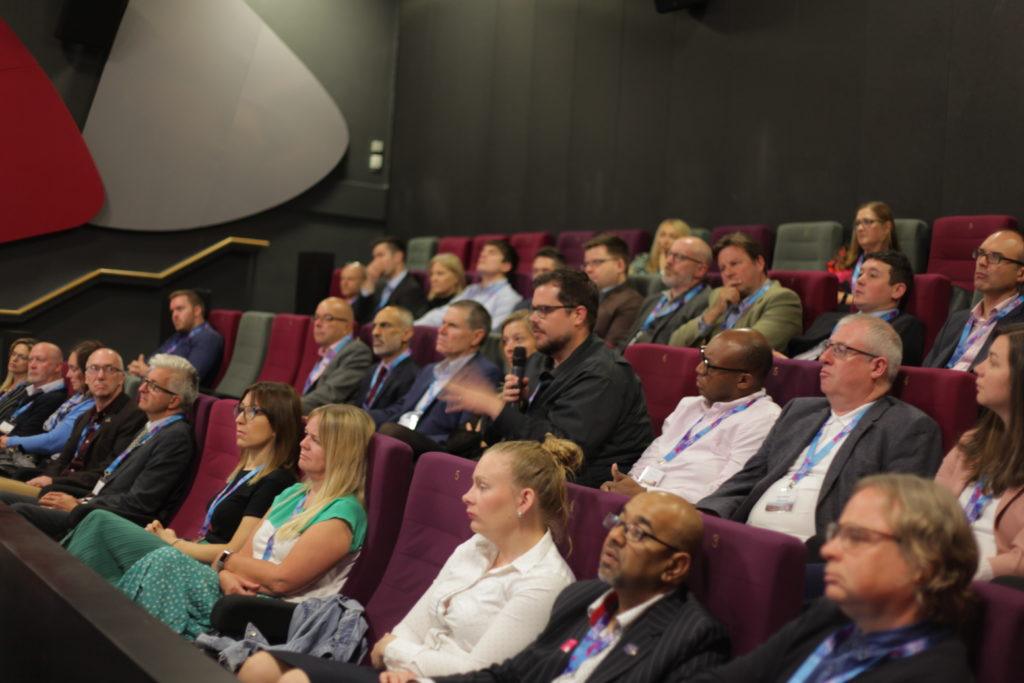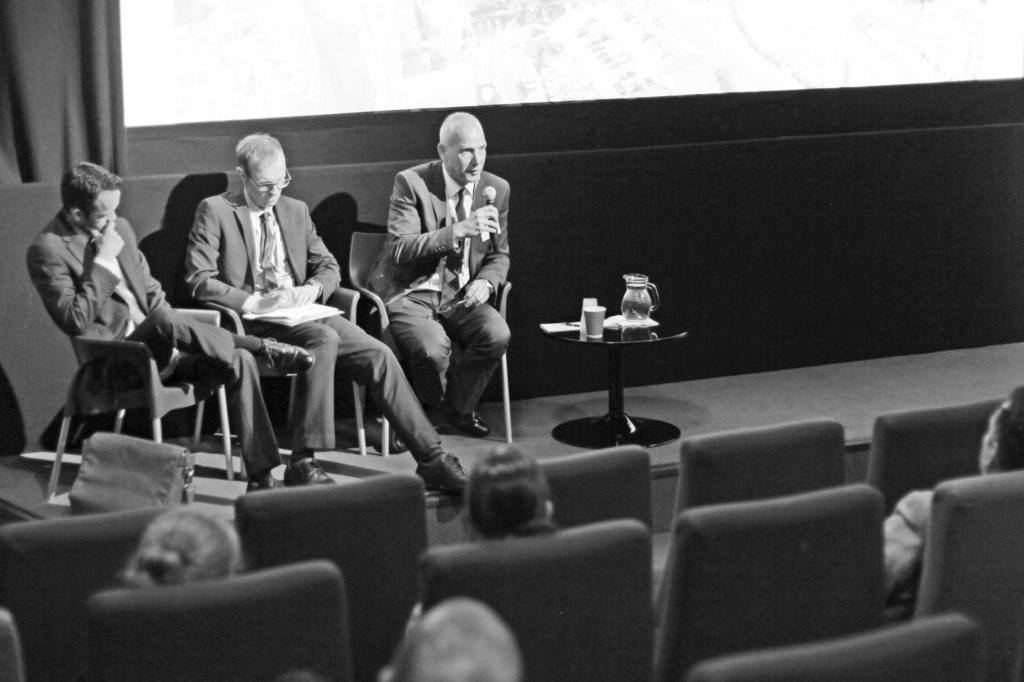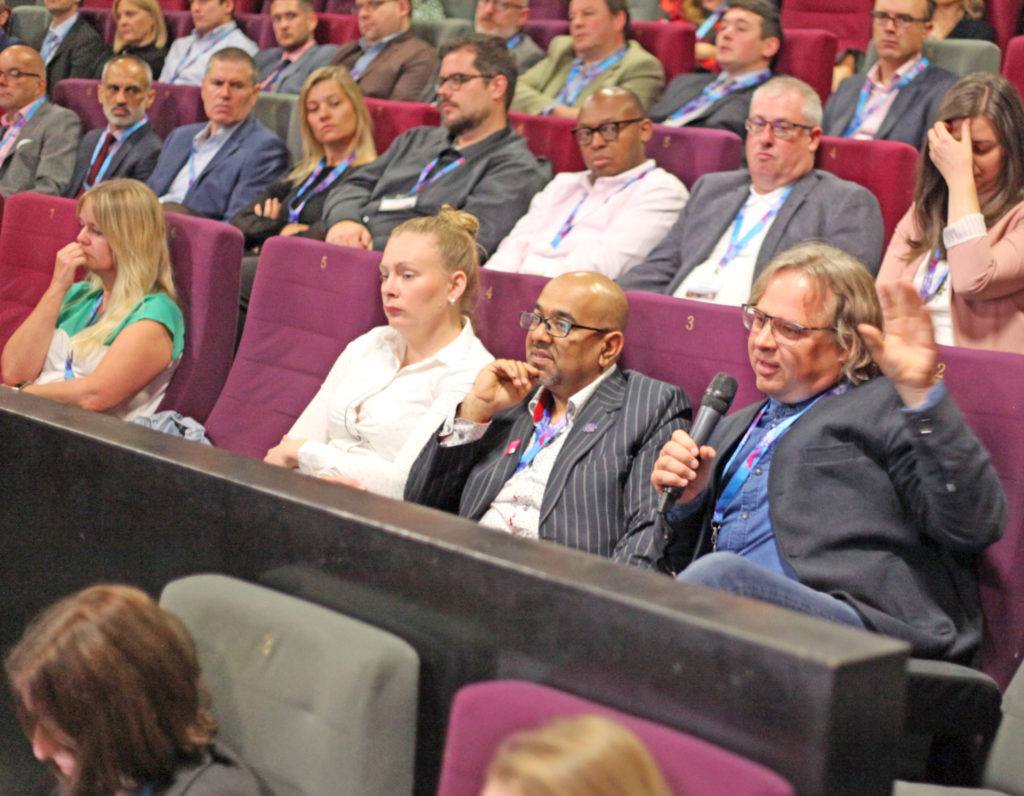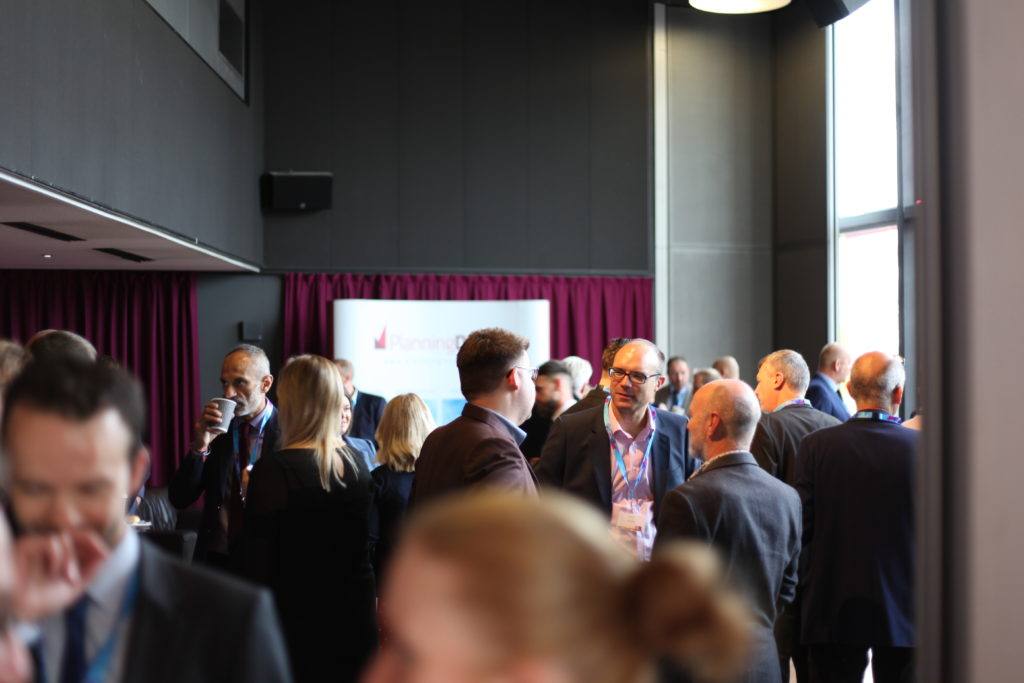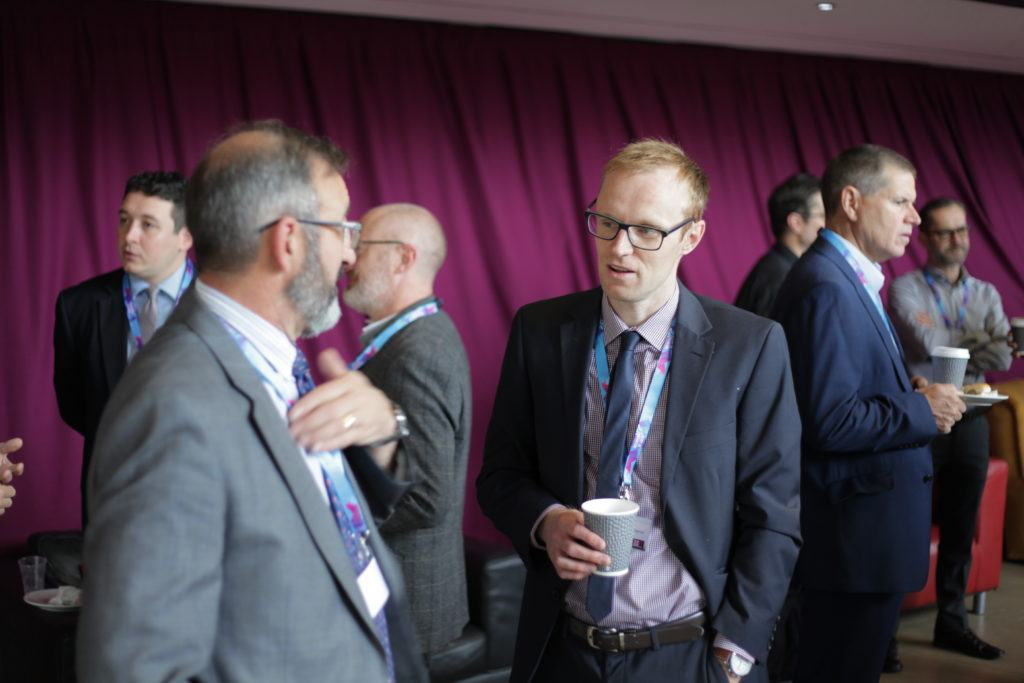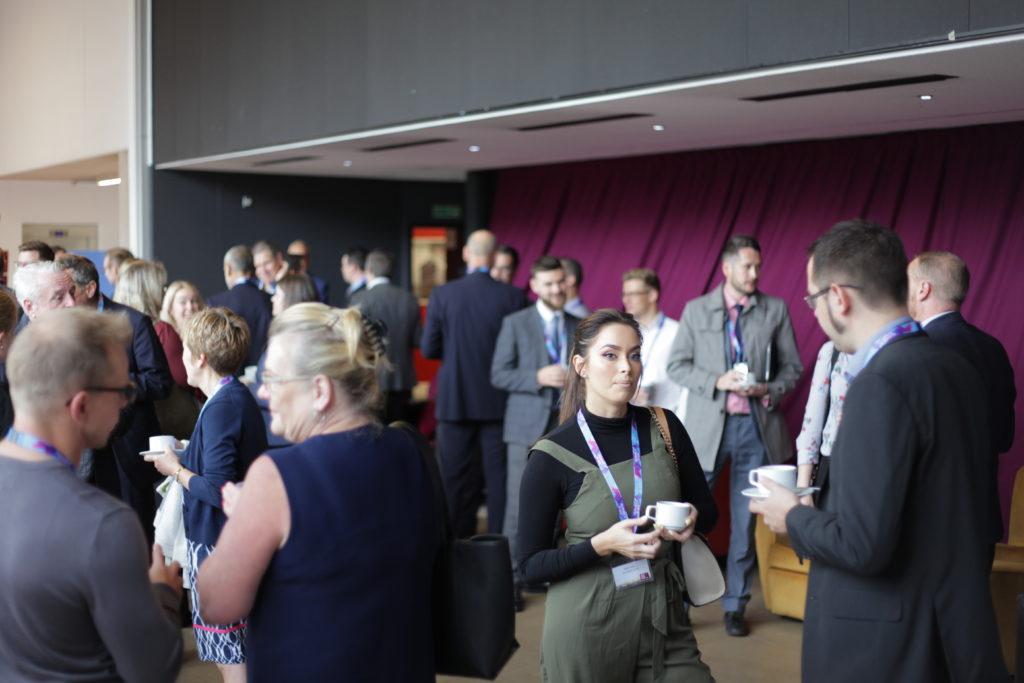On Tuesday 10 September Planning & Design invited Marketing Derby’s Bondholders, together with specially invited guests to join them at the iconic Derby QUAD. This was for a lively discussion around balancing the needs of preserving Derby’s built heritage, versus the need for innovation in the regeneration of our built environment.
Marketing Derby’s Bondholder community, of which Planning & Design is a member, is a varied and vibrant collection of businesses, working with local stakeholders and the public sector to showcase the city. At regular events, Bondholders get to network, exchange ideas and learn more about the latest developments and investments into Derby and the wider region.
The format of this latest event was to present both sides of the heritage vs development argument, whilst ultimately demonstrating Planning & Design’s belief that heritage should not be seen as a barrier to development, but rather a catalyst; an opportunity rather than a problem.
The morning was introduced by Jonathan Jenkin, Managing Director of Planning & Design, who set out the aims and ground rules for the debate:
“Our work brings us in to regular contact with the heritage lobby and we have specialised over the years in heritage and heritage related architectural and planning matters.
“Derby is a historic city with its listed buildings, its conservation areas and a UNESCO World Heritage site. It is fortunate to have a rich heritage and this is something to be proud of. But heritage restrictions can in practice impose limitations and our debate is whether these designations and constraints and their implementation are holding the city back. “
“Derby is at the heart of the country’s aerospace, rail and automotive sectors and is home to an expanding network of advanced technology businesses and professional services.” began Richard Pigott, Director at Planning & Design and a chartered town planner who has worked in both the public and private sectors for over 15 years, who then continued:
“Its economic performance is amongst the strongest cities outside the South-East and the city is renowned for its innovation. It has a fine industrial heritage embodied in the Derwent Valley Mills World Heritage Site where the essential ingredients of factory production were successfully combined for the first time. In short we are a city of innovation. However many parts of the city centre are in desperate need of investment and redevelopment to create a living city centre, as encapsulated in the City Centre Masterplan 2030.”
Citing examples including the disparity between Friar Gate and Agard Street, plus the site of the former DRI (Derbyshire Royal infirmary) Richard concluded:
“Development can help heritage. Innovation in Derby didn’t stop in the 18th century, nor should it stop today. To compete with other cities we must champion good architecture, and allow well designed modern buildings to sit alongside our fine old buildings.”
Fellow Director at Planning & Design Jon Millhouse, a Chartered Town Planner with a specialist interest in Historic Building Conservation and Urban Design began his counter argument by detailing some of the rich history of Derby:
“With one of the longest histories of any town in the country, Derby has a rich history which manifests itself in our built heritage. This is something we can all be proud of.
“As befits our identity as a City of Innovation, we can lay claim to the site of the World’s first factory, Britain’s first public park, and the World’s oldest department store.
“Protecting, reusing and revealing our heritage should be at the forefront of this city’s development aspirations, and can help deliver our future prosperity.”
Following the two viewpoints set out by the Directors of Planning & Design, Tony Butler, Executive Director of Derby Museums was just one of many audience members to contribute to the subsequent debate:
“Heritage buildings and UNESCO world heritage status are significant contributors to making Derby a great place to live, work and invest. These assets should be enhanced.
“However the City Council capacity within its conservation team is so limited that this slows down discussions regarding development. More resource is needed. The best of heritage and good new design can sit well together and enhance each other. Ultimately there needs to me more dialogue, both between people and with design.”
Summarising both the presentations and the following debate, Jonathan Jenkin concluded:
“The government has through the National Planning Policy Framework raised the status of heritage in the planning decision process. While at the same time and for the past 10 years local authorities have been starved of cash and resources. This has affected investment in policy making and the development of a sound information base to make good planning judgements.
“To help the development industry local planning authorities need clear policies, which arise from a well-informed debate based on sound information. Each local planning authority should have well qualified proactive conservation officers who work with developers, their agents and applicants, to help to bring development forward while protecting and conserving the historic environment. At the same time, developers need to respect the legacy of old buildings and seek to recognise the role of a site in the historic and cultural history of the city or a town. This will help to inform development and it will lead to better designs and more successful schemes.”
The presentation from the event is available for download at the following link:
For more information please contact us
